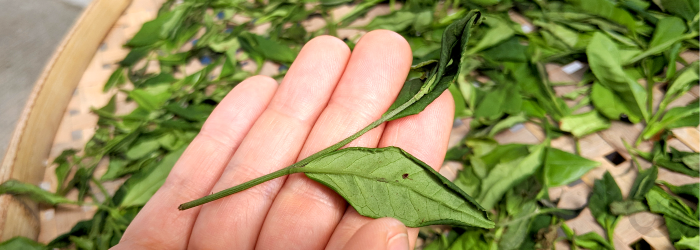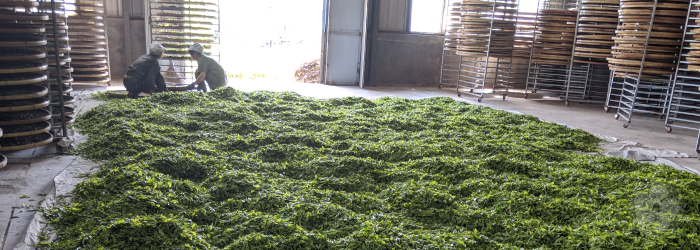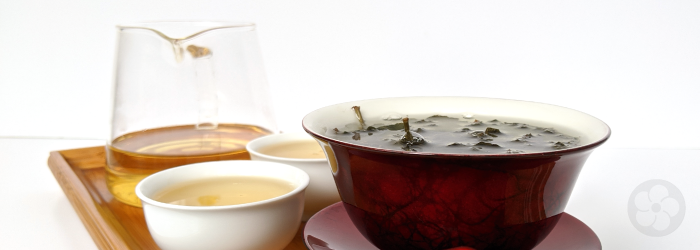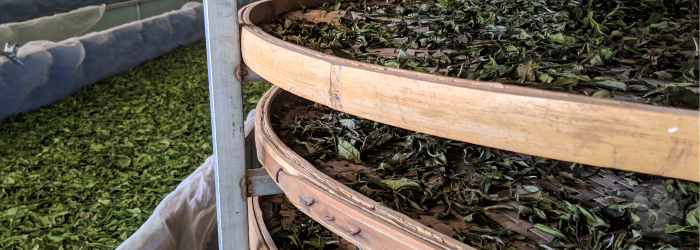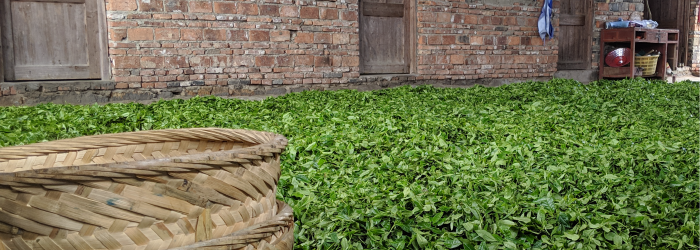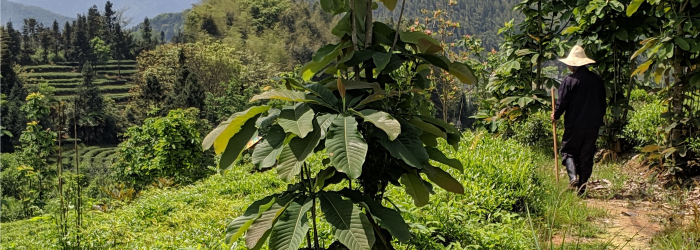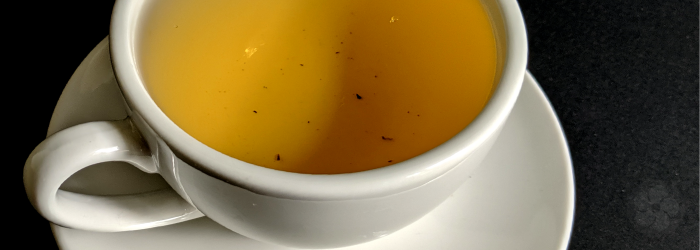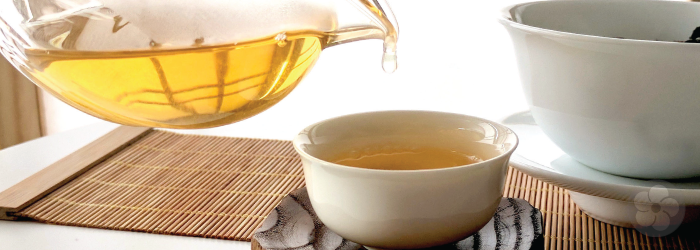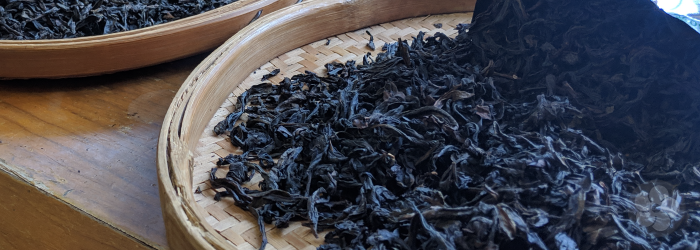Understanding Tea Identity: 5 Teas Defined by Provenance
It can sometimes be difficult to distinguish the effects of provenance, as traditional regions typically use specific varieties and crafting methods, as well. Many famous styles of Chinese tea have a worldwide reputation for the characteristics imparted by these environmental factors, but are now crafted in other regions to match demand from a growing market. Get familiar with the role of provenance in shaping tea flavor by tasting these five teas that just wouldn’t be the same if they were grown anywhere else.
Continue reading


